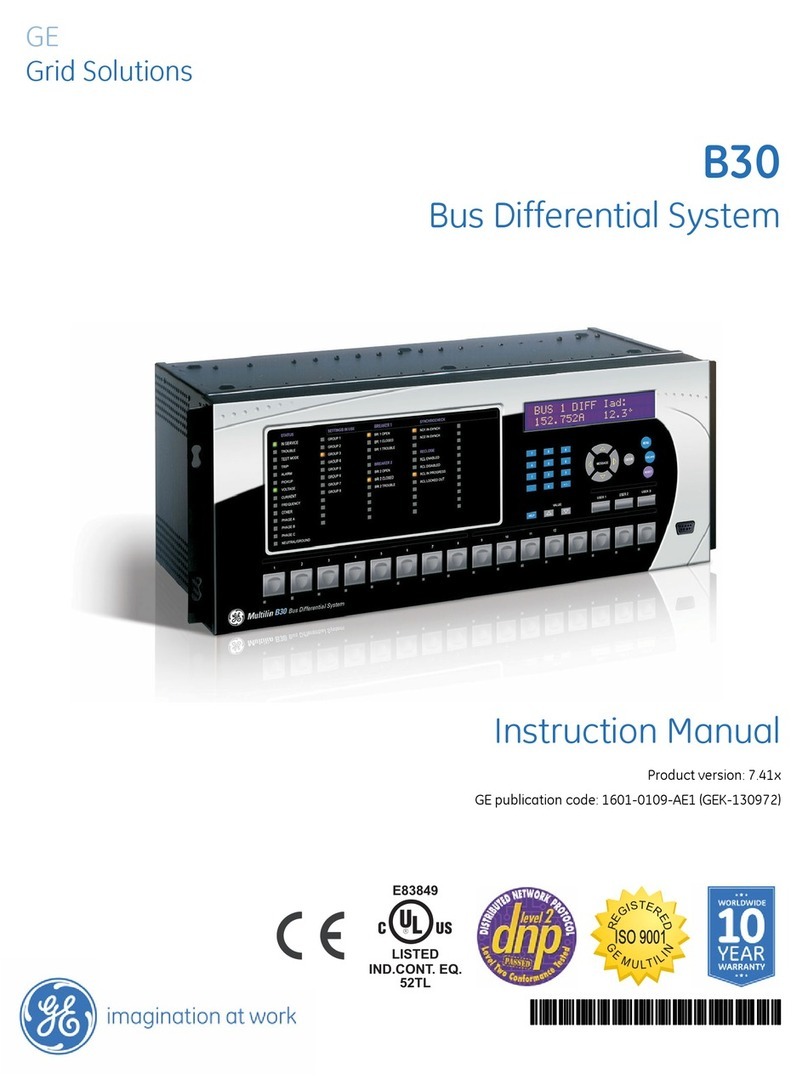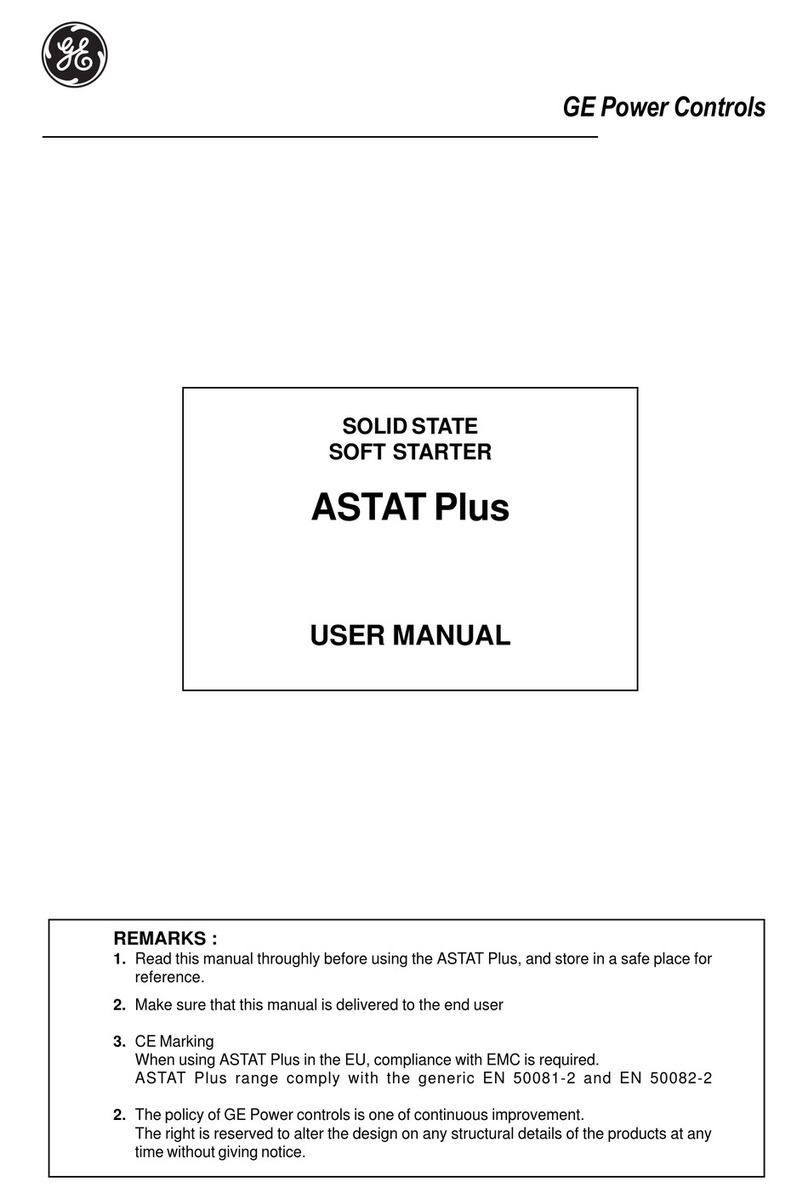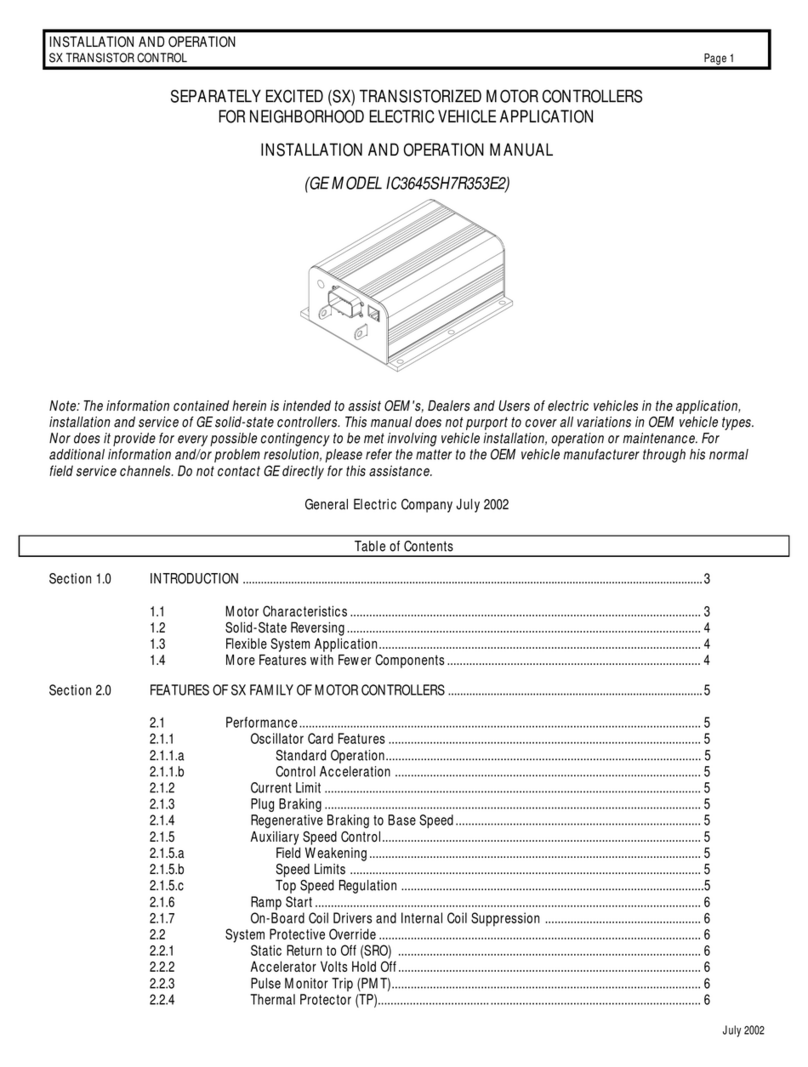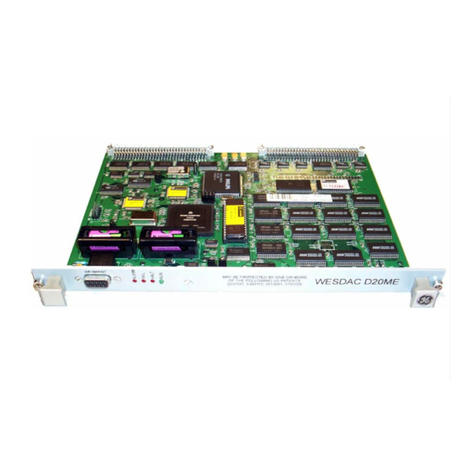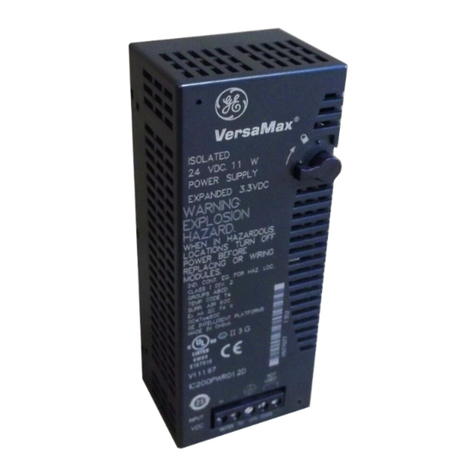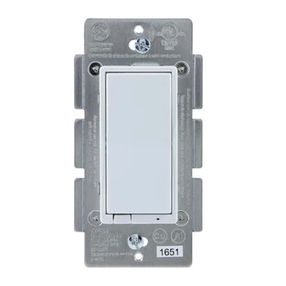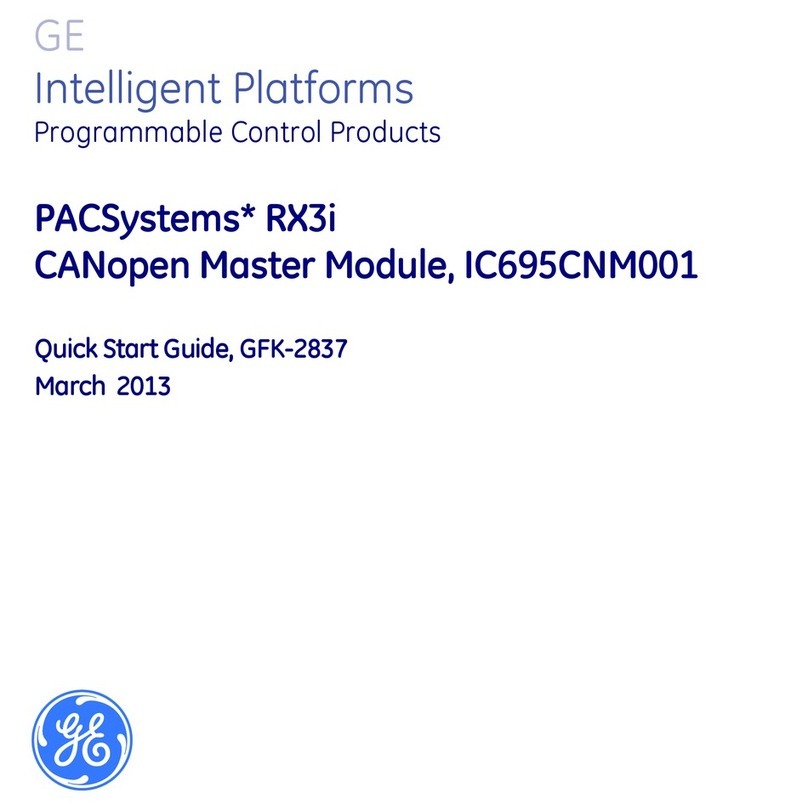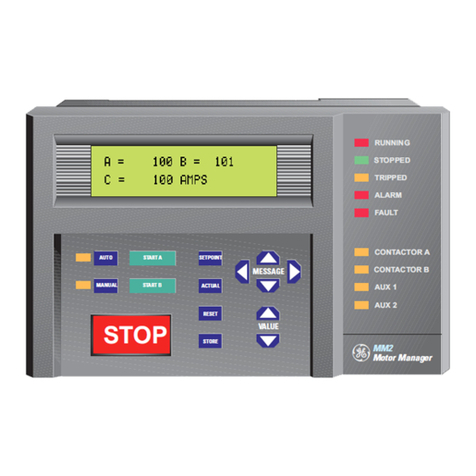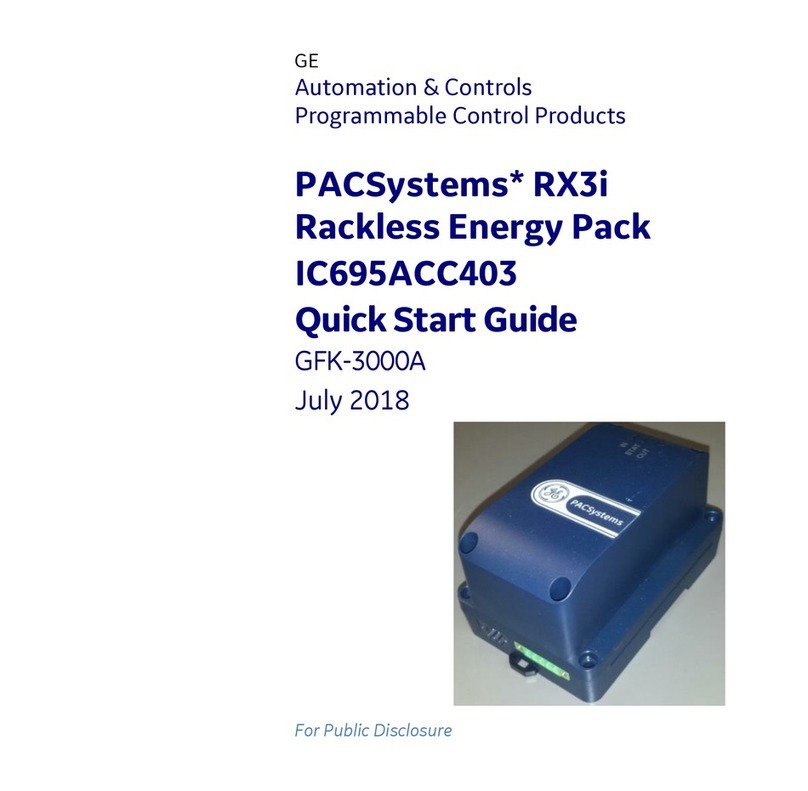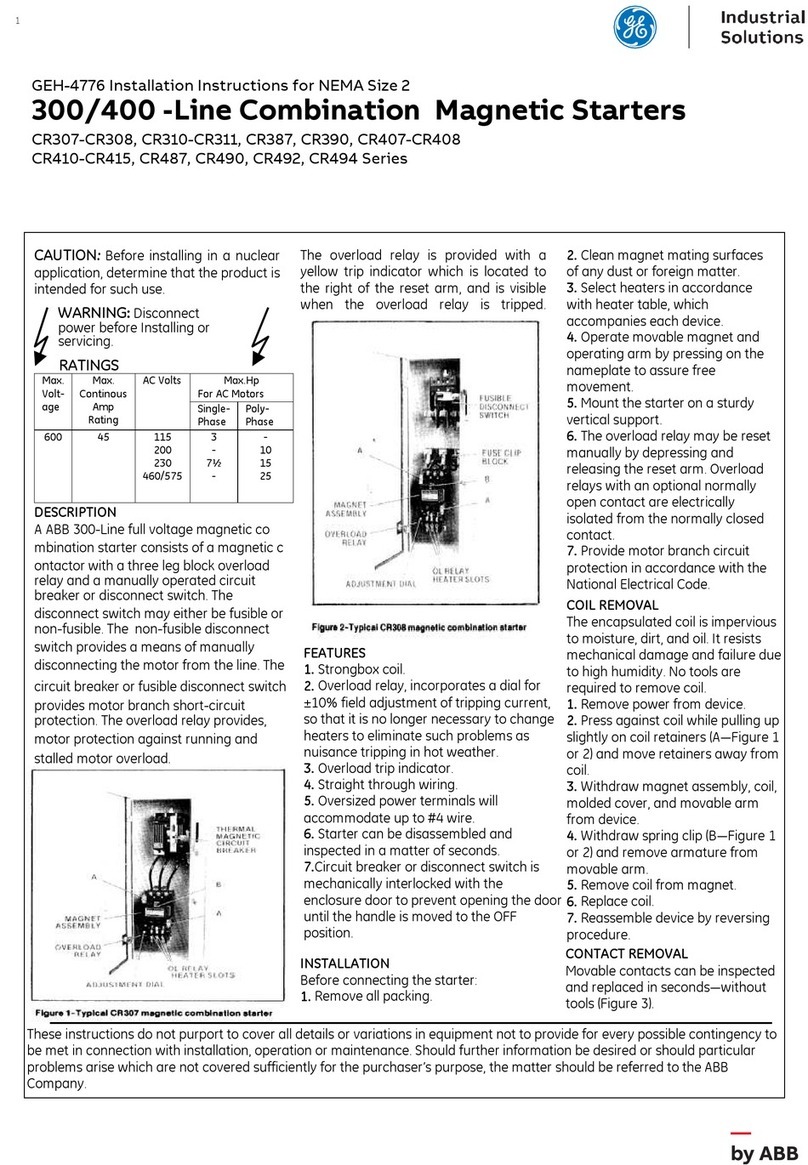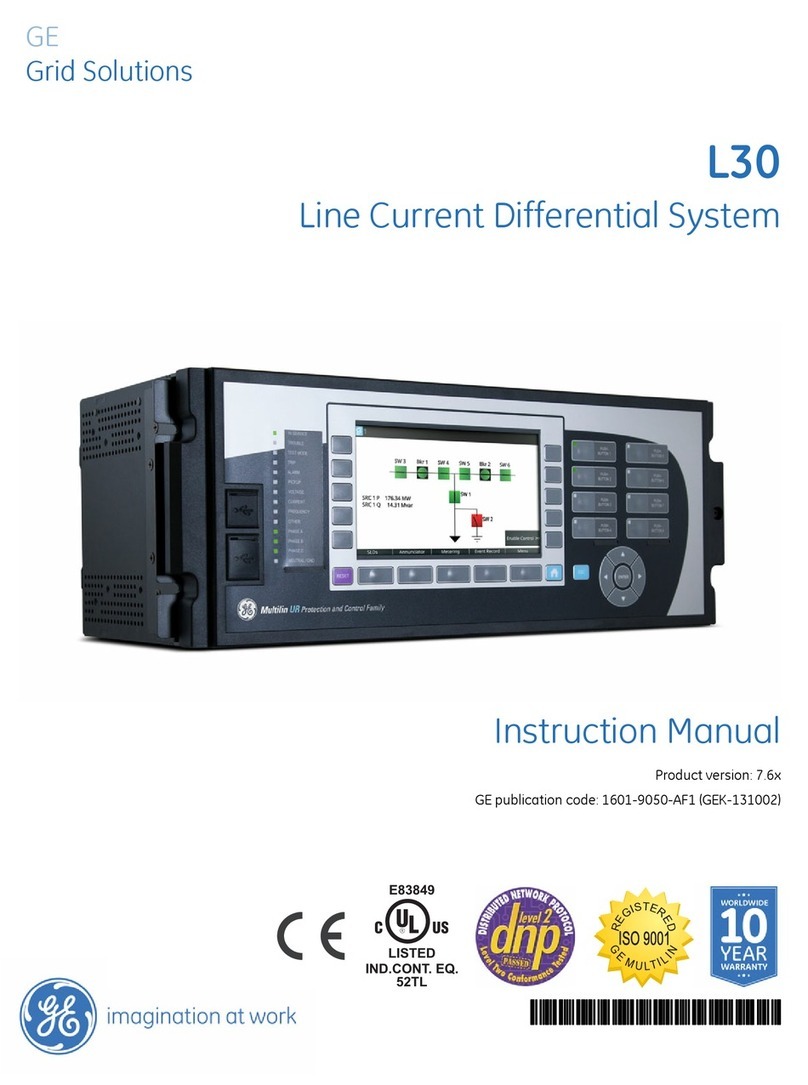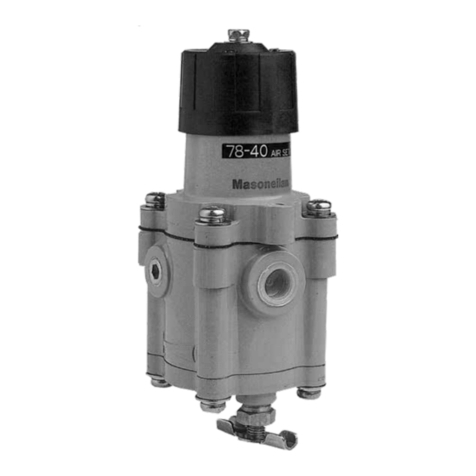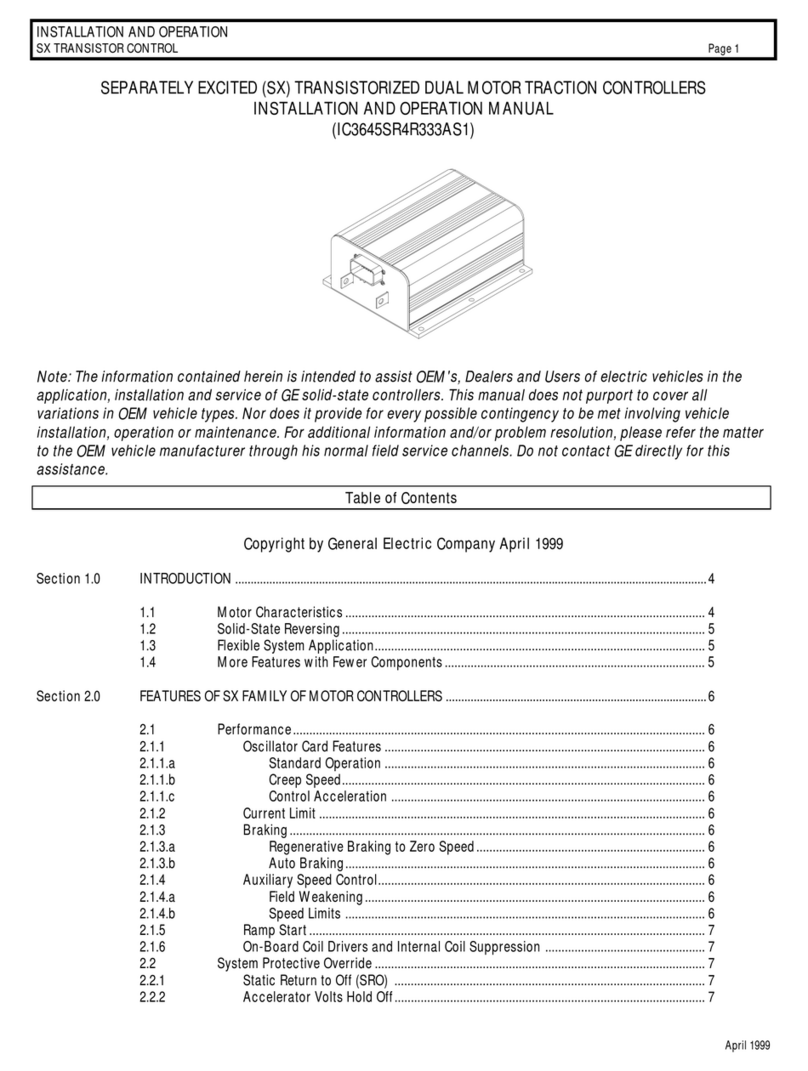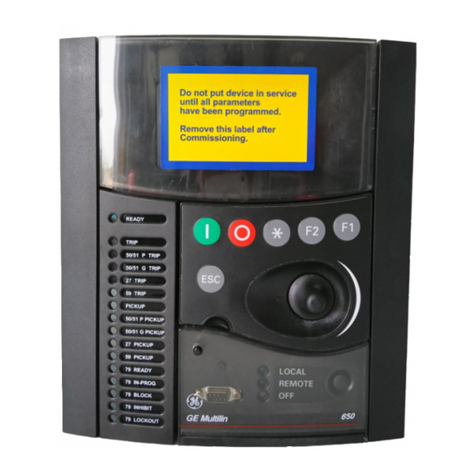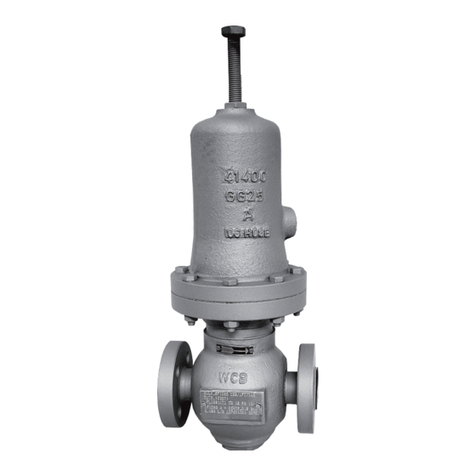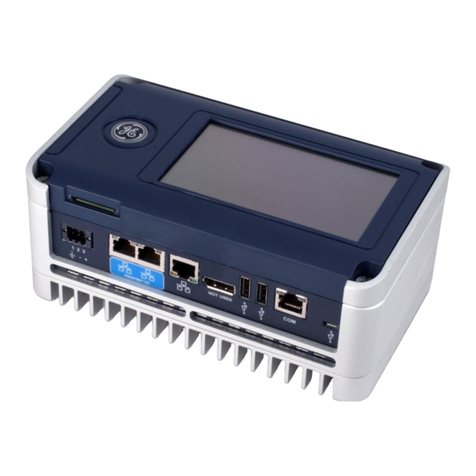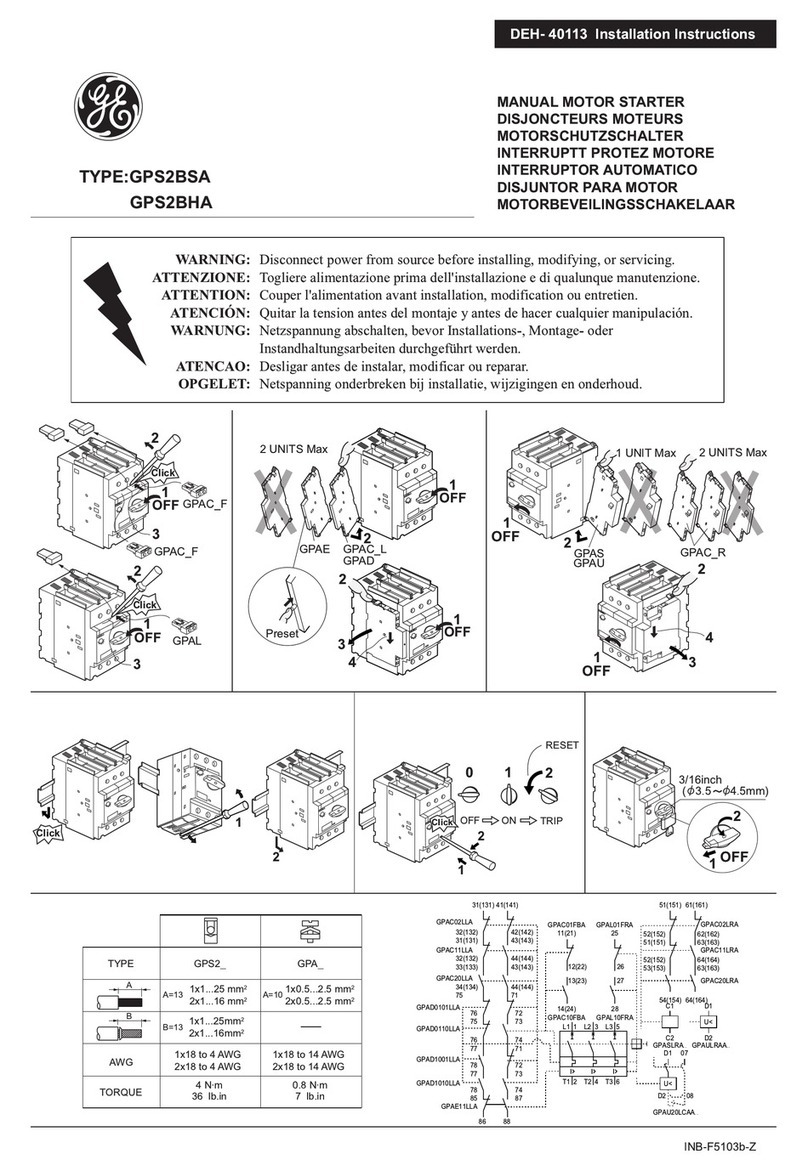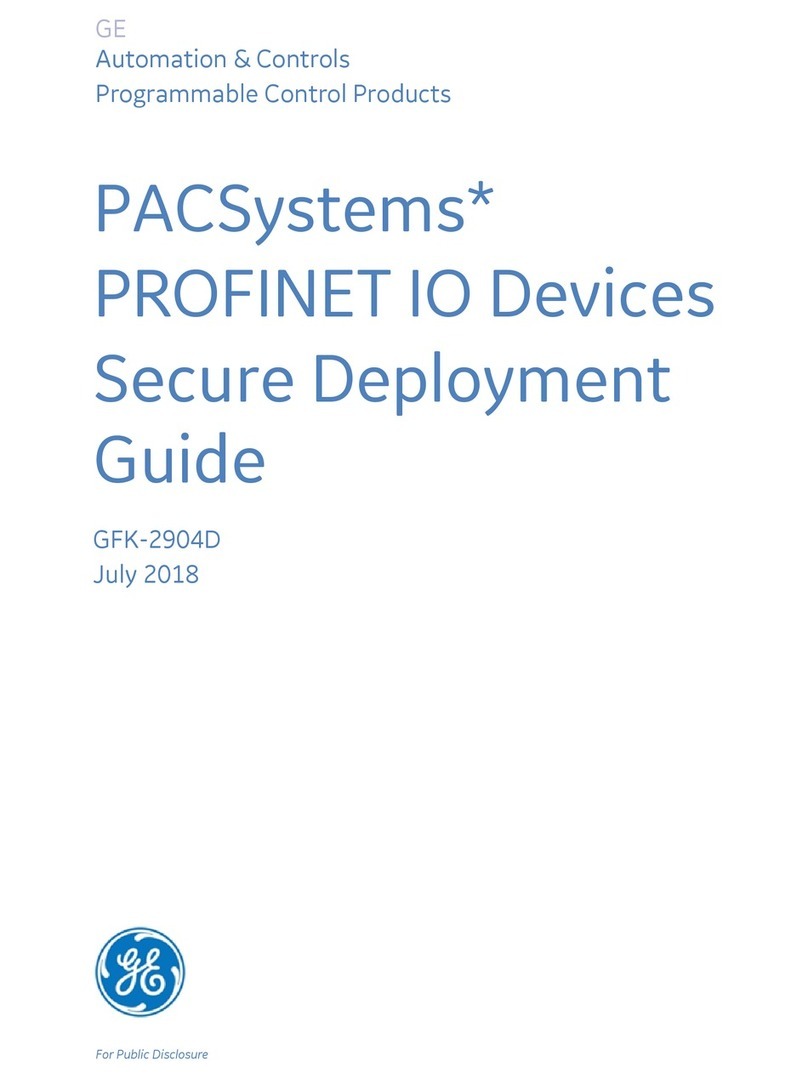
Contents
GFK-2749 v
PSM Module Description and Specifications .....................................................................1-1
PSM Module ..................................................................................................................... 1-2
Terminal Assembly ........................................................................................................... 1-3
Connectors........................................................................................................................ 1-3
User-Supplied Equipment.............................................................................................................. 1-4
PSM Part Numbers........................................................................................................................ 1-4
Specifications................................................................................................................................. 1-5
System Operation.......................................................................................................................... 1-7
Autonomous Operation..................................................................................................... 1-7
Frequency Measurement.................................................................................................. 1-8
ANSI Functions Supported............................................................................................................ 1-9
ANSI Functions for GRID 1 (Public Grid/Load) Protection............................................... 1-9
ANSI Functions for GRID 2 (Generator/Generator Grid) Protection .............................. 1-11
Installation.......................................................................................................................2-1
General Warnings/Cautions........................................................................................................... 2-2
Enclosures..................................................................................................................................... 2-3
Installing the PSM Module............................................................................................................. 2-3
Installing the Terminal Assembly................................................................................................... 2-3
Connector and Cabling Information............................................................................................... 2-4
Basic PSM System Connections...................................................................................... 2-4
Overview of PSM System Connection to Public Grid and Generator............................... 2-5
Power System Connections.............................................................................................. 2-6
Relay Connector for Sync Contacts.................................................................................. 2-9
Wiring........................................................................................................................................... 2-10
General Wiring Notes ..................................................................................................... 2-11
Terminal Assembly Frame Ground Connection ............................................................. 2-11
Wiring Diagrams ............................................................................................................. 2-12
Scaling for PT and CT Ratios...................................................................................................... 2-19
Configuration and Data Transfer .................................................................................3-1
Configuration Parameters.............................................................................................................. 3-2
PSM001 Settings Parameters .......................................................................................... 3-2
Grid1 and Grid2 Parameters............................................................................................. 3-3
ANSI Protection Parameters............................................................................................. 3-6
Power Consumption.......................................................................................................... 3-9
Terminals.......................................................................................................................... 3-9
Data Transfer............................................................................................................................... 3-10
PSM Status Flags........................................................................................................... 3-10
PSM Signal Input Data ................................................................................................... 3-14
Data Sent from the Host Controller to the PSM Module................................................. 3-19
